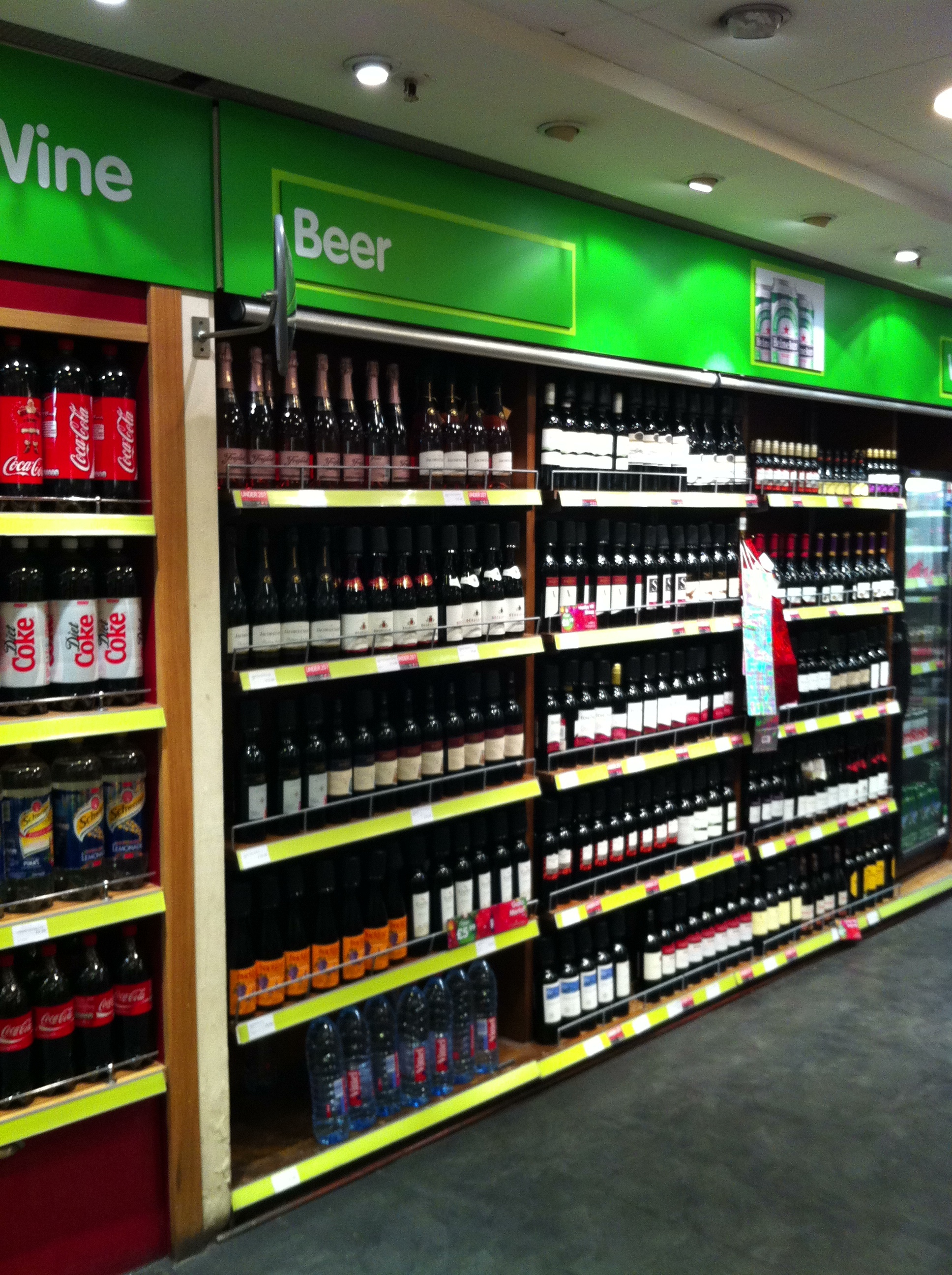Because that’s where shopping starts
There was a really great thread on Linked In recently, about the fact that shopper marketing is not the same as in-store marketing. It took a while, but as predictable as sunrise and sunset, someone suggested that if the majority of shopping decisions are made at the point of purchase, then surely that was what shopper marketing is all about. Yes, POPAI’s awful gift to the world, their “76%” number – as in 76% of purchase decisions are made in-store – had reared its ugly head again.

There are now many studies which suggest this to be simply wrong, but that really isn’t the point I want to address here. Whatever the number is, for pretty much every brand on the planet, a significant number of your target shoppers are making some shopping decisions outside of the store. And, in that, many of them make one of the biggest, or at least the most dangerous decisions about your brand well before the store entrance.
They reject it.
We’ve all made decisions at the point of purchase, and I guess we’re very conscious of those. Further, so much research focuses on the in-store decision making process, that perhaps we sometimes forget that there are other, precursive, decisions. At engage, we’ve recently run a number of studies, in quite differing categories, and one of the things we found in all of them was that, unless a brand was in the consideration set before the store, it was extremely difficult to get purchased in the store.
In two specific cases, no shoppers bought unless they were considering the brand before they entered the store.
My cynicism about the 76% claim aside, lots of shoppers do make decisions at the point of purchase. And don’t get me wrong – these are important, and marketers must ensure that they win here at the so-called ‘first moment of truth’. But many shoppers make many decisions way before they reach the point of purchase. Shopping is, if you like, a whole series of decision points where your brand can win or lose. And whilst, if you’re knocked out in an early round, it is possible to come back into contention, it’s significantly harder (and in marketing terms, that often means more expensive).
A shopper’s path to purchase usually begins with a consumption need
Shopping decisions start as soon as there is an identified or anticipated consumption need: the need to provide a meal, to eat a snack, to get a new TV. That first decision is often a “buy or not buy” – characterized by the decision, or not, to embark upon a purchase path to meet that need. A mom could feed the family with produce already in the home; the snack could wait; the family could continue with their current TV for a few months more. The process of buying varies by shopper, by category, by channel, and even by country, but one thing that is common is that once a decision has been made that a brand really can’t help on this shopping mission, that brand is out often contention for good.
Marketers must recognize that whilst there is much to play for in the store, there is plenty to play for before too. Understanding the state of mind as a shopper enters the store (too often research focuses only on what happens in-store) helps identify which shoppers already have a positive (or negative) disposition as they enter the store. Knowing this defines clear marketing objectives for the pre-store, and in-store marketing mix. Knowing which stores have which shoppers also helps define priorities by channel (in one study we found that one channel was almost twice as likely to contain shoppers with the brand already in the consideration set than another channel). Under these circumstances there is clearly quite a different job to be done in these two channels. In one the brand is already being considered; in the other the brand has to somehow force itself into the consideration set first.
Shopper marketers need to work with shoppers wherever shoppers can be influenced. If they choose to focus on the in-store world only, then they run the risk of having lost the battle before they’ve even begun. Needless to say, this is clearly a topic of some debate and Linkedin is beginning to buzz with Shopper Marketing related discussions. Are we connected there? Reach out to me if you are interested in more lively debate.




